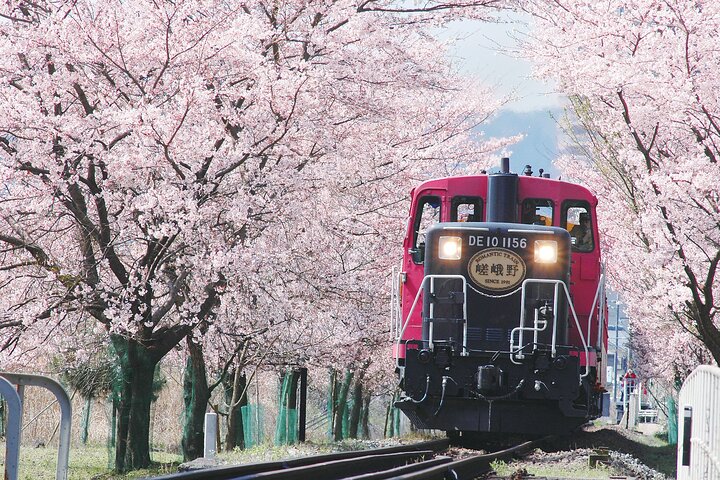Exploring Japan’s Timeless Beauty: From Ine Village to Miyama
Drawn by the allure of Japan’s rich cultural heritage, I embarked on a scenic tour from Ine Village to Miyama. This journey promised a blend of stunning landscapes and cultural insights, and I was eager to explore the unique charm of these traditional villages.
A Journey Through Time: Ine Fishing Village
As I embarked on the journey from Osaka to Ine Village, I felt a sense of anticipation. Known as the “Venice of Japan,” Ine Fishing Village is a place where time seems to stand still. The traditional wooden boathouses, or “funaya,” are built directly on the water’s edge, serving as both living spaces and boat garages. Walking through the narrow streets, I was transported back in time, surrounded by the historical charm of these unique structures.
The village’s deep connection to the sea is palpable, and I found myself drawn to the serene coastal views. I chose to explore the village on foot, allowing myself to fully absorb the peaceful ambiance. The gentle lapping of the waves against the boathouses created a soothing soundtrack to my exploration. For those who prefer a more active experience, cycling along the water’s edge is a delightful option.
Ine Village’s beauty lies not only in its picturesque setting but also in its ability to offer a glimpse into a way of life that has remained largely unchanged for centuries. It’s a place where tradition and nature coexist harmoniously, providing a perfect start to this scenic tour.
The Enchanting Amanohashidate
Leaving Ine Village, I made my way to Amanohashidate, one of Japan’s top three scenic spots. The name “Amanohashidate” translates to “bridge in heaven,” and as I gazed upon the naturally formed sandbar stretching across Miyazu Bay, I understood why. Lined with thousands of pine trees, the sandbar appeared like a bridge floating between heaven and earth.
I decided to embrace the local tradition of viewing the sandbar upside down, a playful custom that adds a whimsical touch to the experience. The panoramic views from the mountaintop, accessible by cable car or monorail, were breathtaking. The sight of the sandbar from above, with the sea on either side, was a visual feast that left me in awe.
Nearby, the Chionji Temple offered a tranquil retreat. Known for its connection to academic success, the temple is a place of prayer and reflection. I took a moment to light incense and offer a prayer for wisdom, surrounded by the serene beauty of the temple grounds. The combination of natural splendor and spiritual tranquility made Amanohashidate a highlight of the tour.
Discovering Miyama’s Rural Charm
The final leg of the journey took me to Miyama Kayabuki no Sato, a traditional village known for its beautiful thatched-roof houses. As I wandered through the village, I was captivated by the rustic charm and the sense of stepping into rural Japan’s past.
The thatched-roof houses, with their distinctive architecture, are a testament to the craftsmanship and ingenuity of the past. Each house tells a story, and I found myself imagining the lives of those who once called this village home. The surrounding landscape, with its lush greenery and rolling hills, added to the village’s allure.
Miyama offers a unique opportunity to experience a way of life that is slowly disappearing in modern Japan. It’s a place where tradition is preserved and celebrated, providing a fitting conclusion to this scenic tour. As I left Miyama, I felt a deep appreciation for the cultural insights and unforgettable scenery that this journey had offered.
This tour from Ine Village to Miyama is more than just a scenic journey; it’s an exploration of Japan’s rich cultural heritage and natural beauty. Each stop along the way offers a unique glimpse into the country’s past, making it a must-experience for anyone seeking a deeper understanding of Japan’s traditions and landscapes.




















































